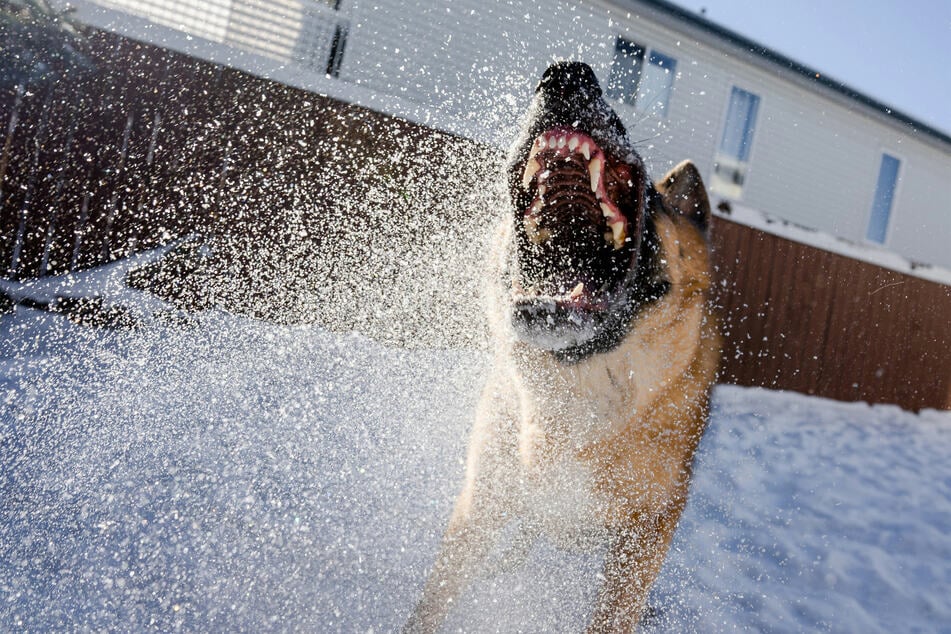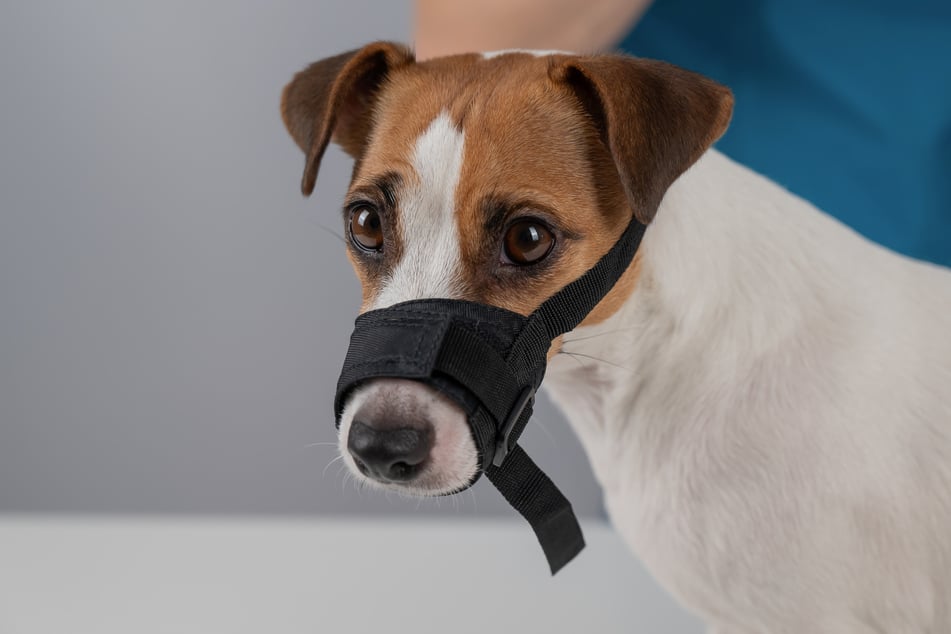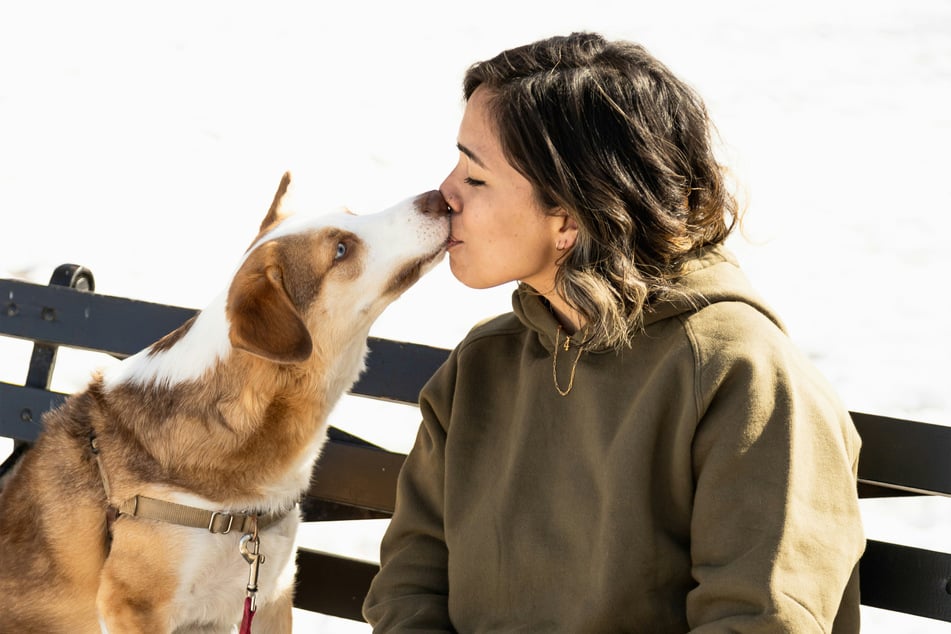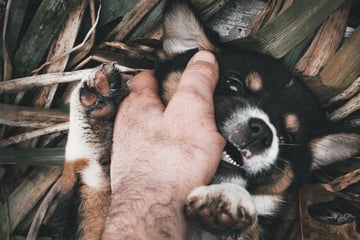Dog bite treatment: How to treat dog bites
Dog bites can be exceedingly dangerous, risking disease and infection that can, in extreme cases, even lead to gangrene and death. As such, it is incredibly important to know how to treat them properly.

When you get bitten by a dog, many bacteria enter the bite with your dog's teeth, no matter its age, friendliness, or whether it was an accident. These bacteria can then cause immense illness and severe infections, which, at their most extreme, can be life-threatening.
So how do you treat dog bites properly, what are the worst risks, and when is a dog bite the most dangerous?
Important: We are not medical professionals here at TAG24. Instead, we are offering common sense advice on how to look after wounds inflicted by a doggo. If you are concerned or have a particularly bad bite, make sure to go to the doctor or emergency room immediately.
Risks of dog bites
When you get bitten by a dog, a lot of bacteria gets transferred from the inside of the dog's mouth into the wound. From there, that bacteria can move into your bloodstream, attacking your body in a variety of ways and causing quite serious illnesses and infections. As such, if you get bitten by a dog you need to be extra cautious and get it treated properly.
Here are the most common and serious risks of dog bites:
- Tetanus
- Severe nerve damage
- Infections via foreign substances
- Viruses that may cause fevers and other symptoms
- Rabies
- Open wounds create blood loss and can get infected
- Meningitis
- Damage to the muscles
- Damage to the bones
- MRSA
- Capnocytophaga
- Fungal diseases
- Other assorted diseases
If the dog that bit you is a wild dog, you need to seek out immediate medical treatment at a hospital or clinic because it is quite likely that the dog carries diseases. Even if it is domestic, it's best to be cautious.

Dog bite treatments
Treating your dog bite is an incredibly important first step, as it has the potential to determine how bad it's going to get. Assuming that you do not experience any of the danger points explained below, using these simple tips and tricks will help clean and steady the wound, making sure that it doesn't get infected and that you stay healthy and happy.
This is what you need to do to treat and look after a dog bite
- Step 1: Start by applying pressure to the bleeding area and waiting until the bleeding has stopped.
- Step 2: Clean the non-bleeding bite with water and soap.
- Step 3: Gently pat the area dry, using a clean, washable cloth – instead of a paper towel or toilet paper – so that you don't get anything in the wound.
- Step 4: Sterilize the wound using an antiseptic ointment to make sure that it is as clean as possible. If you don't have anything like that on hand and can't get something, use strong alcohol (this is not, however, ideal).
- Step 5: Get a sterile bandage or sterilize a bandage and wrap it around the wound as tightly and securely as you can. Alternatively, if the bite is small, apply a high-quality band-aid.
- Step 6: Monitor the wound, and if any additional symptoms appear, have it looked at by a professional.
Ultimately, though, it's all about keeping things clean. Make sure your dog bite is cleaned and dressed properly, then monitor for any additional symptom and, if they occur, see a doctor.
How to treat a minor dog bite
If your puppy or dog has given you a small little nip during play, it is quite likely to be innocuous and not dangerous at all. In such cases, you simply need to dress the wound appropriately, apply antiseptics, and bandage it up. The most important point here, however, is that you keep an eye on the wound and respond if it gets infected or seems more serious than it initially looked.
Warning: To reiterate the point, even if a bite seems minor and not a big deal, if it comes from a wild or unknown dog, you need to make your way to a hospital immediately to get it checked out. You don't want to end up with rabies!
When is a dog bite dangerous?

If your dog bites you and the wound fails to stop bleeding or is accompanied by severe symptoms, it needs to be treated as a medical emergency. This goes double – if not triple – when the dog is known to be unwell or is wild and unknown. In addition, dog bites are considered more serious depending on the location in which the bite has occurred.
Here's when a dog bite gets serious:
- If the bite doesn't seem to stop bleeding (15 minutes).
- If you exhibit severe symptoms, including:
- Pus
- Swelling
- Gangrene
- Extreme and ongoing pain
- Lightheadedness
- Nerve damage
- If your dog bites you in a particularly dangerous place, including:
- Face and head
- Neck
- High bleeding points such as the wrist and main arteries
- Genitals
- If you have a disease or condition that reduces your immune system's ability to respond, such as HIV/AIDS.
- If you have not been vaccinated against tetanus or rabies.
- If the dog is stray or unknown.
- If nerve damage is apparent.
- If the wound is particularly large and there is visible bone or loose flesh.
When a dog bites you, it's always something to be concerned about. Make sure to treat the wound well, keep it clean and dressed, and if anything worrying starts happening, get yourself to the doctor or emergency room as soon as possible.
Cover photo: Unsplash/Dustin Bowdige



